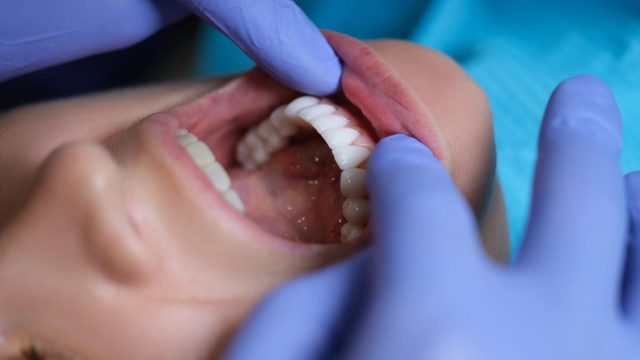13 oral bacterial species associated with development of head, neck cancer over five years
By Lori Solomon HealthDay Reporter
WEDNESDAY, Oct. 2, 2024 (HealthDay News) — Certain oral bacteria are a risk factor for development of head and neck squamous cell cancer (HNSCC), according to a study published online Sept. 26 in JAMA Oncology.
Soyoung Kwak, Ph.D., from the New York University Grossman School of Medicine in New York City, and colleagues tested whether oral bacterial and fungal microbiomes are associated with a subsequent risk for HNSCC development. The analysis included 236 participants who prospectively developed HNSCC during a median 5.1 years of follow-up and 485 matched control participants.
The researchers found that overall microbiome diversity at baseline was not related to subsequent HNSCC risk. However, 13 oral bacterial species were differentially associated with development of HNSCC, including the newly identified Prevotella salivae, Streptococcus sanguinis, and Leptotrichia species, as well as several species belonging to beta and gamma Proteobacteria. There was a moderate association between the red/orange periodontal pathogen complex and HNSCC risk (odds ratio, 1.06 per one standard deviation [SD]; 95 percent confidence interval, 1.00 to 1.12). A one-SD increase in microbial risk score based on 22 bacteria was associated with an increased risk for HNSCC (multivariate odds ratio, 1.50; 95 percent confidence interval, 1.21 to 1.85). There was no association seen between fungal taxa and HNSCC risk.
“The identified bacteria and bacterial complexes hold promise, along with other risk factors, to identify high-risk individuals for personalized prevention of HNSCC,” the authors write.
Copyright © 2024 HealthDay. All rights reserved.



















